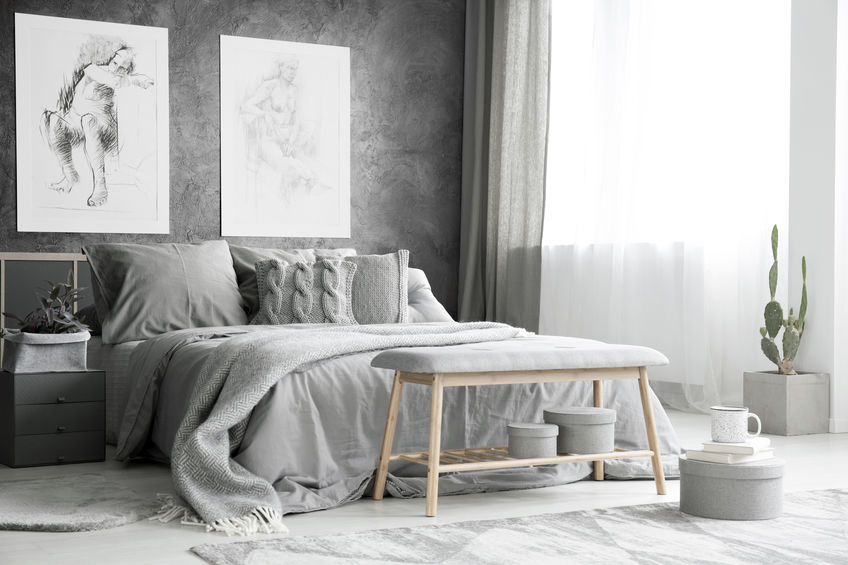Monochromatic Design Tips and Tricks


Monochromatic room designs are an excellent tool for beginners when designing a space. If you are unfamiliar, a monochromatic design is when you use one color and one color only in your room’s design. The simplicity of this style creates a uniform balance throughout the room, which can be one of the more challenging characteristics to capture when creating your space. That being said, monochromatic rooms can be any color. First, decide a color that means the most to you and has the most substantial impact on the design space. Next, here are three rules to keep in mind:
Texture Is Key
To master this design style, you must master texture. Every element of your room has an opportunity to offer texture. For instance, if a room is going to be monochromatic green, it is very hard to create contrast. Contrast is typically created from when one color clearly distinguishes against another color. Since this is no longer an option in your space, you must create contrast with texture. Consider the texture of leather. Perhaps a wrinkled or porous natural feeling grain. You can then easily throw fluffy pillows onto a leather couch and create a totally new and unique texture. Though both these may be green, it will distinctly create contrast. Therefore, having a large variety of soft or smooth textiles, rough or gritty woods, and rough or soft flooring can make a massive difference to the space.
Metals, Woods, and Neutral Accents
Neutral and natural elements will not rob your space of the monochromatic feel. In fact, adding wood furniture or metal décor can help spruce up your space without taking from the monochromatic design. Make sure to incorporate a handful of these to your design to prevent the space from feeling washed-out or losing characteristic.
A Splash of Color
Using 10% of a certain color in a room is considered an accent. Using around 5% color can allow you to not add an accent but put subtle life to the room. This look usually is just accomplished by daily life. Perhaps, books on an end table or some plants in the room can add a little more color without robbing the space of its design theme.
Monochromatic room designs are easy to accomplish. They are great for creating a coherent space that is well-balanced. Keeping these three rules in mind can help you achieve this great looking design theme. Just remember that monochromatic rooms can be whatever color you desire. In fact, this style can include white or black. Simply be creative and decide what color you want to create your space, and the rest will fall into place.

